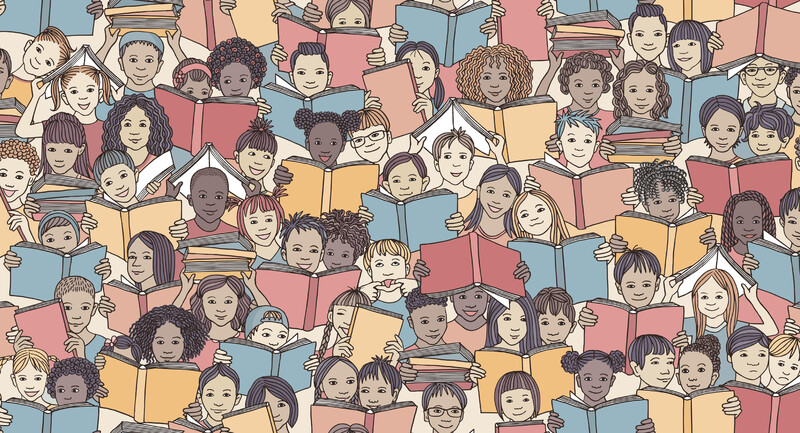The classroom is continually changing, from the subject matter that is covered, to the way it is taught. Some of these changes stem from easily-abandoned fads, while others prove to be ineffective. But lately, several key shifts have been shaping the future of the classroom that have the potential to impact education for years to come. Educators who want to incorporate these trends into their lessons must determine how to overcome any obstacles to their implementation and ensure the new measures are beneficial to their students. For educators who want to change their approach to building curriculum, these are the trends worth exploring:
Real Skills
Gone are the days of students asking, “When will I ever use this in real life?” during a trigonometry lesson. In addition to traditional subjects, there has been excitement surrounding skills that students can use in the real world. In the 21st century, skills like collaboration, critical thinking, and communication are valued in virtually all aspects of daily life.
These skills will prepare students for life beyond the classroom and can be beneficial to personal, academic, and professional situations. They are also applicable in some way in all academic disciplines, and so will help students regardless of what they choose to focus on with their studies. Teaching these skills will not only help students academically, but they will also help shape their growth as independent individuals in the modern world.
Actually integrating these skills into lesson plans may be easier said than done. Teachers across the nation will have different ideas of what skills are most important and how to teach them to their students. As students advance into higher grades and learn from multiple educators, there can be inconsistencies with instruction that hinder or confuse students. However, this lack of standard does lead to more variety, which could actually enrich students’ educational experience and introduce them to new skills and perspectives in the classroom.
Personalized Curriculums
Traditionally, students get more freedom to choose what they learn as they get older, starting with electives in middle and high school and specializing in a major when they get to college. However, research dating back to the 1990s shows that interest-based learning is closely tied to student success. Educators are beginning to build curriculum around students’ interests at younger ages, in the hopes of keeping them engaged and motivated at school.
Interest-based learning is hardly a new idea, but integrating it into the curriculum wasn’t thought to be possible until new learning technologies became more widespread. Classroom technology makes it easier for teachers to create individualized lessons for their students based on their passions.
While some schools may already focus on individualized learning, others still have to figure out how to integrate personalized curriculums on a larger scale. Working with new technology in the classroom is a challenge in and of itself. Additionally, instructors may struggle to create or respond to personalized lessons for each and every one of their students, especially in the case of large class sizes. However, this can still benefit all students by keeping them passionate and interested about what they learn at school.
Digital Integration
As with many other aspects of modern life, teachers have been incorporating more and more technology into the classroom. There are hundreds, if not thousands, of websites, apps, programs, and devices dedicated to helping teachers, parents, and students of all ages with school. And the possibilities are endless — from e-textbooks to online high school degree programs, there is no shortage of useful tools available to enhance every part of the educational experience.
The open-source nature of the internet encourages users to do more than consume these free resources. Interaction with and contribution to the collective knowledge available not only to students, but to all users, can be a powerful experience for students. Instructors can encourage students to take an active role in both their own education and the education of others.
However, there are several challenges that educators and administrators may face when attempting to integrate new technology into their classroom. Perhaps one of the biggest challenges is lack of funds. Purchasing new technology for classroom use gets expensive, and even new digital software can be costly. Some districts may simply be unable to afford new technology and there is an increasingly large technological divide between low-income and wealthy schools. Though much of the Internet is free to use as long as students have a device to access it, educators will have to devise a specific plan to purchase and integrate new technology within budget constraints.
Inequality of implementation is another large challenge to overcome. Different schools and teachers have different resources available to them, leading to unique educational experiences for each student. These differences lead to some students enjoying a much higher quality of education than others, and while creating systemic change across classrooms would ensure an equal and fair education for all, it is a difficult goal to achieve. Educators can only control their own lessons and should integrate new methods as they see fit.
These trends may sound like undeniable solutions to improve the quality of education, but they mark a truly radical shift in how teachers create curriculum for their students. Though integrating new trends may be difficult, educators should still embrace any changes they see value in. Adhering to old standards or methods of curriculum building simply because it’s easier will affect students for generations to come. Educators must do their best to help their students learn and grow, and these new curriculum trends may be an effective way to do so.
Avery Taylor Phillips is a writer with a focus in early childhood education. She is a community activist passionate about equity in access to educational resources and has developed a deep understanding of the way children learn in the face of challenges due to their family circumstance through her work. In her spare time, she works to advance the progress towards equitable education opportunities.








